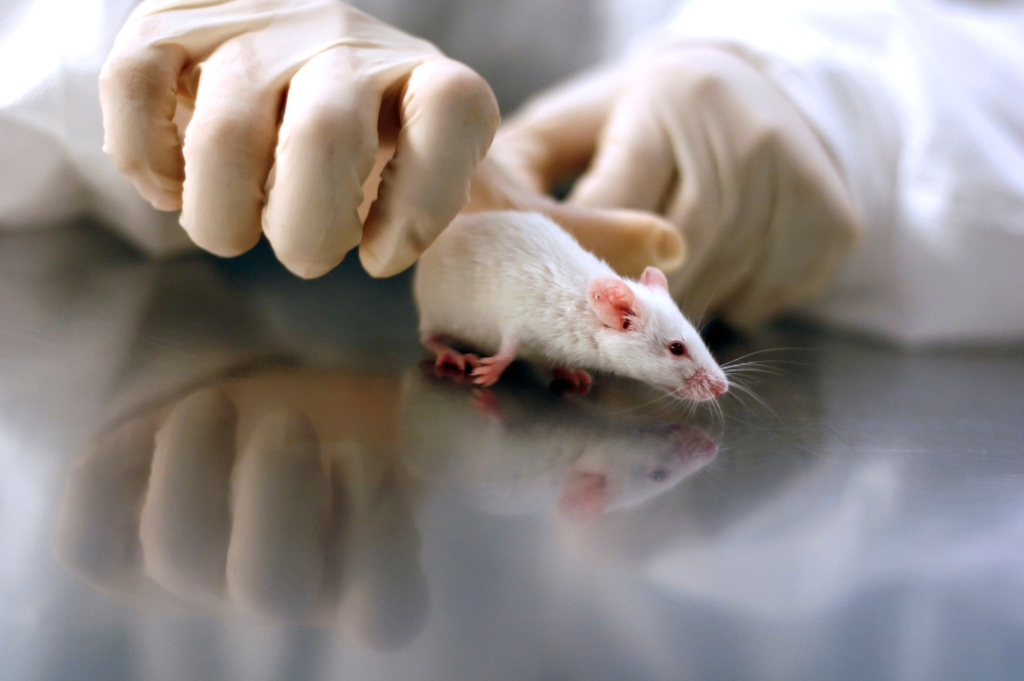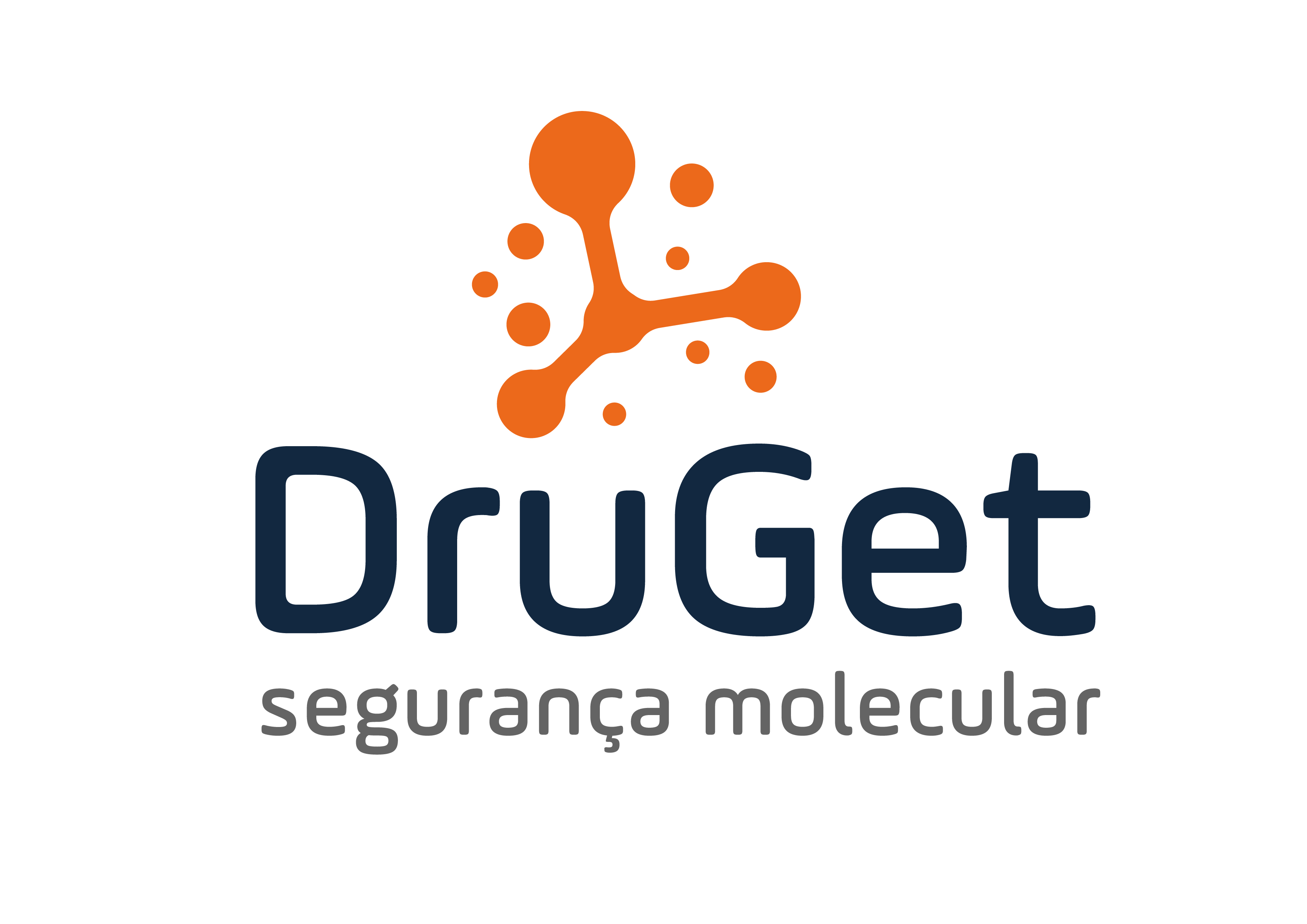The participation of animals in scientific research is crucial for the launch of reliable pharmaceutical products on the market, as several studies are needed to evaluate the effectiveness and safety of molecules in a living organism.
History of the Use of Animals in Scientific Research
The use of animals in scientific studies has been documented since ancient times. Hippocrates, the father of medicine, already made comparisons between the organs of mammals and human beings. However, until the middle of the 20th century, there were no ethical concerns about these studies. Therefore, the first publication on ethical concerns appeared in 1909.
3Rs Principle: Reduction, Refinement and Replacement
Currently, all research involving animals follows the 3Rs principle:
- Reduction: Reduce the number of animals used.
- Refinement: Improving study methods to minimize animal suffering.
- Replacement: Replace animal studies with alternative methods whenever possible.
- Regulatory Framework in Brazil: Arouca Law
In Brazil, the Arouca Law, sanctioned in 2008, established strict limits for animal studies and created inspection mechanisms against animal violence, such as CONCEA (Conselho Nacional de Controle da Experimentação Animal – National Council for the Control of Animal Experimentation). CONCEA formulates standards and accredits institutions for breeding animals for research. Furthermore, each institution must have a CEUA (Comissão de Ética no Uso de Animais – Ethics Committee on the Use of Animals) to approve or disapprove studies with guinea pigs.
Advances and Reductions in the Use of Animals
Despite awareness and laws, it is still not possible to completely eliminate animal studies. However, industries and research centers have managed to significantly reduce the number of animals used. Advances in techniques that avoid repeating animal tests and the increased use of alternative methods, such as in vitro (isolated cells or tissues) and in silico (computational models), have contributed to this reduction. DruGet uses these advanced technologies to minimize the use of animals in its research.
For more information, see:
- Dalben, Djeisa; Emmel, João Luís. “A Lei Arouca e os direitos dos animais utilizados em experimentos científicos.” Revista Eletrônica de Iniciação Científica, 2013.
- Guimarães, Mariana Vasconcelos; Freire, José Ednésio da Cruz; Menezes, Lea Maria Bezerra de. “Utilização de animais em pesquisas: breve revisão da legislação no Brasil.” Revista bioética, 2016.
- “Uso de animais em pesquisa abrange desafios éticos e compromisso com novas tecnologias.” Portal Fiocruz, 2017.







